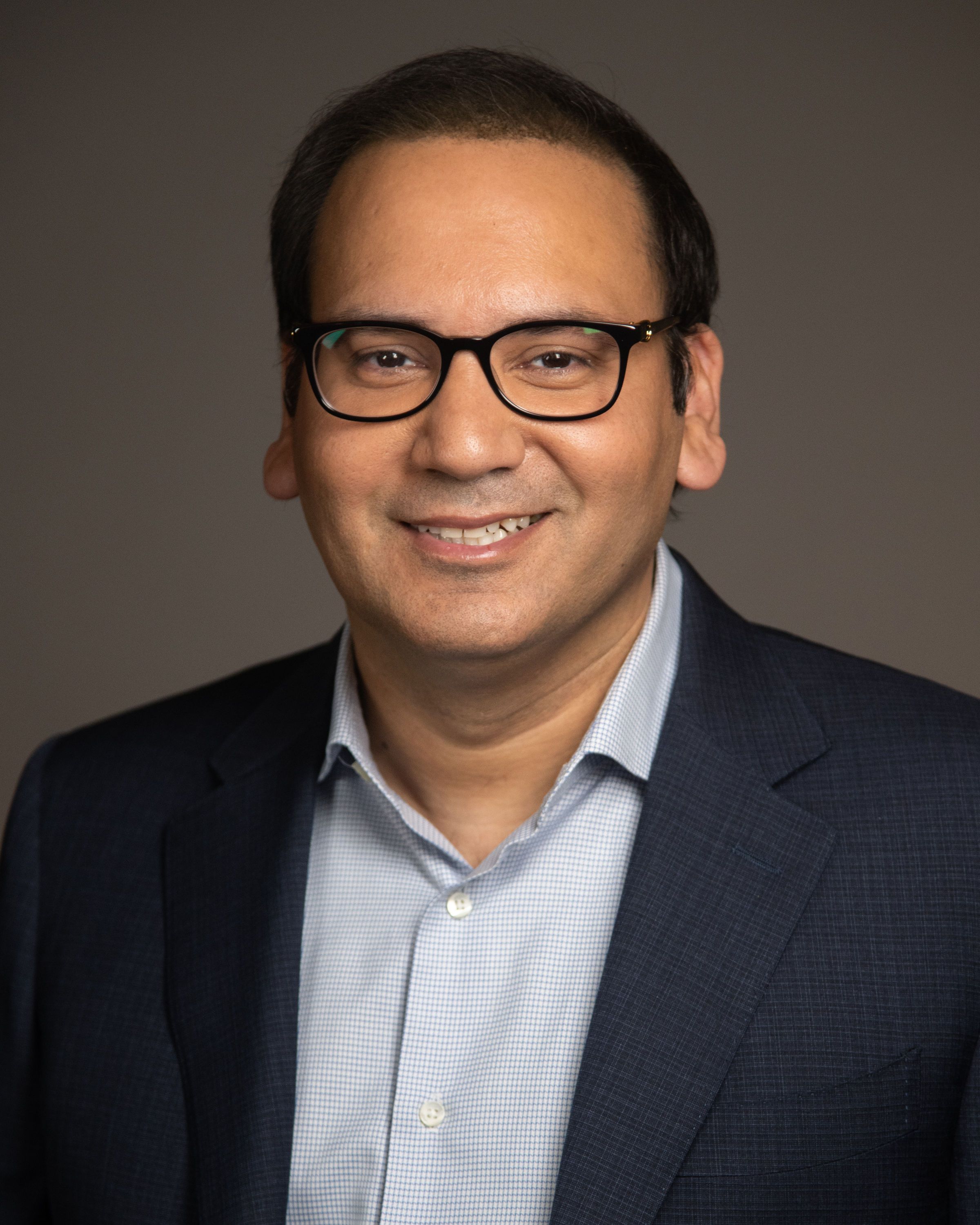How To Successfully Communicate with Referring Physicians
Collaborative Imaging’s Dhruv Chopra explains how to overcome one of radiology’s biggest hurdles

Among the many hurdles radiologists face, one of the most complicated challenges lies in communicating with referring physicians. Not only does successful communication enhance the delivery of patient care, but it also has shown to reduce the length of stay at the hospital, which results in significant cost reductions. Additionally, it helps ensure any incidental findings and recommendations made by the radiologist are not overlooked. As has been seen repeatedly, lack of communication or even miscommunication in many cases can cause major problems.
Poor communication between healthcare professionals is one of the primary causes of medical mistakes. The last thing a health professional wants is a patient’s health in danger because of miscommunication. Closing the communication gap between these clinicians and the radiologist is essential to providing patients with effective and efficient medical care.
Collaborative Imaging – a radiologist-owned alliance – has noticed a clear need for new communication strategies across the entire industry. As the organization continues to collaborate with more radiology practices nationwide, it’s realized that radiologists are often stuck with tracking down referring physicians’ contact information. The reality of incorrect or altogether missing referring physician information creates a logistical nightmare for a radiologist, particularly when it comes time to abnormal or critical findings that must be communicated immediately. This clerical work comes at the cost of interrupting studies and cutting into valuable time and resources.
Radiology practices must find ways to navigate this problem. Below are a few best practices to follow when facing this issue.
Speak directly with referring physicians
A recent study indicates that when a radiologist directly communicates with their referring doctor, the clinician is more than 25 percent more likely to follow up with the radiologist’s recommendations. While this can be easier said than done, overall compliance with follow-up recommendations will greatly improve within the practice.
Ideally, recommendations should be communicated over the phone or with an email. The same study showed that when this type of direct communication is performed, the direct communication compliance rate rose to 93 percent, according to the same study. This is 22 percent higher than the compliance rate was when the radiologist and the referring clinician had no direct communication.
What’s more, this type of communication allows referring physicians to cut out any unnecessary middlemen and receive information as soon as the radiologists connect with them. The faster and more efficiently referring physicians can get radiologists’ recommendations for follow ups, the faster radiologists can pass that information to patients.
Standardize communication
Direct communication with referring physicians should be standard across the entire practice. To accomplish this, you’ll need to ensure that all parties involved understand communication expectations, which will expedite the overall communication process.
Ideally, radiologist leaders should develop practice-wide initiatives so it’s easy to follow and incorporate into day-to-day communication guidelines. Radiology practices can, then, distribute materials to help employees work through the changes first. This can be as simple as a one-page checklist of steps or as complex as a medical group-wide database.
Once a strategy is established for the whole practice, it is important to share the new processes with the referring physicians the practice has previously worked with. Communicating these new processes on a semi-annual basis not only holds your practice accountable, but it also ensures transparency with the physicians moving forward. It also allows the referring physician an opportunity to share how they think the communication process is working.
Implement new technologies
There are many ways to implement technologies into your practice to improve efficiency, especially in communication. Groups like Collaborative Imaging have been working on consolidating and integrating contact information for its wide range of referring clinicians so that there’s a direct communication route between radiologists and physicians. In addition, by utilizing AI-based technologies, the systems are able to detect what next steps need to be taken on a specific report.
Technology like this consumes the radiology report and identifies abnormalities, critical findings and recommendations. This information is, then, passed on to the critical findings notification team to relay the results to the referring physicians who are able to view images and radiology reports with one touch.
The application also allows the referring physicians to initiate a real-time, secure video conference with either the radiologist who interpreted the study or sub-specialist of their choice. The physicians are, then, able to review the images in real-time, collaborative manner, as opposed to viewing the images independently.
Radiology practices that have been implementing these types of proprietary, integrated solutions have witnessed its impact on communication. For instance, it works wonders for incidental findings in addition to notifying referring physicians and clinical institutions when recommendations are not adhered to, as well. As we continue to move forward into the new decade, radiologists should have a steady pulse on what new technologies are being introduced and finding one that works best for their practice.
While there will never be a one-size-fits-all solution for direct communication with referring physicians, radiology practices should still take the appropriate steps to ensure their time is being used wisely. Finding the right communication strategies will ultimately provide patients with more effective medical care, which is always the primary goal.
The Reading Room Podcast: Emerging Trends in the Radiology Workforce
February 11th 2022Richard Duszak, MD, and Mina Makary, MD, discuss a number of issues, ranging from demographic trends and NPRPs to physician burnout and medical student recruitment, that figure to impact the radiology workforce now and in the near future.
Strategies to Reduce Disparities in Interventional Radiology Care
March 19th 2025In order to help address the geographic, racial, and socioeconomic barriers that limit patient access to interventional radiology (IR) care, these authors recommend a variety of measures ranging from increased patient and physician awareness of IR to mobile IR clinics and improved understanding of social determinants of health.